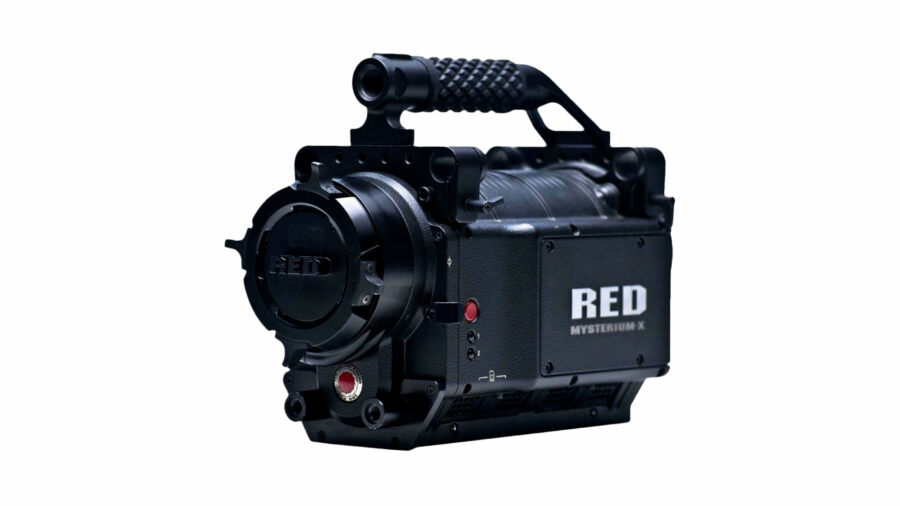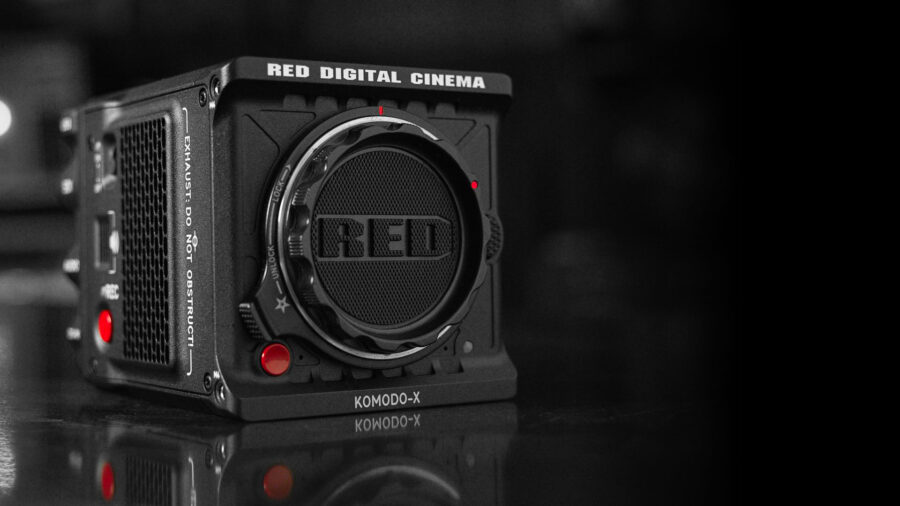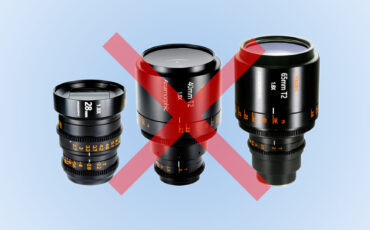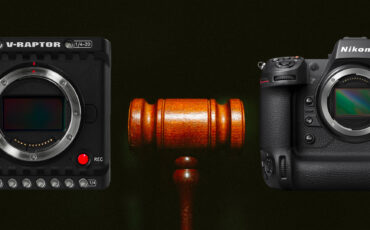
Following the recent acquisition of American camera manufacturer RED by the Japanese master Nikon, it is time to start analyzing and thinking about what this could mean for our industry. What is the future of RED cinema cameras? How might Nikon’s mirrorless cameras benefit from the technical knowledge and multiple patents RED developed over the years? What can we expect in the near future regarding RAW recording? Let’s talk about it in this opinion piece.
Most of us did not see this coming: Nikon acquired RED. As of today, the American cinema camera manufacturer RED will become a wholly-owned subsidiary of Nikon. But before diving deeper, let’s rewind a bit and talk about the history.
A brief RED history – from innovation to patent mastering
RED was founded in 2005 by James Jannard, who had previously founded the successful eyewear company Oakley. The company launched their first camera, the RED One, in 2007. The rest is, as we say, history, with a galaxy of cinema cameras introduced over the years. What set RED apart from their competitors is that cinema cameras finally became “affordable” – or at least theoretically possible to purchase or rent without having to sell a kidney – for independent filmmakers and small/medium production companies. Listing all the camera models RED launched over the years would be too long, but we can name a couple of the legendary models that changed our industry, including:
- DSMC1: RED Scarlet-X with its Mysterium X image sensor, followed by the RED Epic. Both cameras were later upgraded with the Dragon image sensor.
- DSMC2: the RED Helium and RED Weapon Helium in 2016 with 8K RAW recording capabilities.
- The RED Komodo 6K was officially released in October 2020 and is one of the company’s most popular camera models for independent filmmakers thanks to its sub $6,000 price tag.
- The most recent RED DSMC3 lineup includes the Komodo-X, V-RAPTOR, and the latest V-RAPTOR [X], which features a Vista Vision image sensor and can record in 8K at up to 120p.

In 2007, the RED One was a true innovation and revolution for the filmmaking industry. Indeed, it is the first camera that introduced the REDCODE RAW codec to the world. The RECODE RAW is a compressed, non-destructive RAW video recording codec and is considered by many to be one of the most efficient and flexible formats to work with. Indeed, thanks to all the metadata recorded, you can easily adjust multiple camera settings in post, including ISO, white balance, etc. To learn more about REDCODE RAW, you can look at our in-depth article here.
Producing from the Front
While Mr. Jannard is relatively discrete publicly, the real face of RED for most of us is his president, Jarred Land, who took over the company in 2013 after the founder’s resignation. Land has over 100 patents attached to his name. However, in 2012, RED introduced the controversial patent US8872933B2 for “non-debayered” RAW video recording. This patent is complex, and RED already won many cases in court against various companies that allowed their devices to shoot RAW video, including Apple and, more recently, Nikon themselves.

What does this acquisition bring to Nikon?
First, we can see a bit clearer why the lawsuit against Nikon was dismissed in April 2023. The Nikon Z 9 was able to preserve its RAW internal recording capabilities, and we think that Nikon had to pay a fee/license to RED to keep it.
Next, I have doubts that Nikon will join the cinema camera market. While both brands will exist independently, I wouldn’t be surprised if more Nikon cameras, now or in the future, gain access to RAW internal recording capabilities thanks to the acquisition of the REDCODE RAW patent. However, we can dream that a Nikon mirrorless camera will have built-in REDCODE RAW recording capabilities, but I have high doubts about it.
As I mentioned, Nikon will now own the “non-debayered” RAW video recording, which also means all the licensing rights that come with it. That represents considerable money for the Japanese brand not to neglect.

What about RED?
While we have very little information about Nikon’s acquisition of RED, what can it mean for the cinema camera manufacturer? Nikon mentions that this acquisition is “to meet the customers’ needs and offer exceptional user experiences that exceed expectations, merging the strengths of both companies.”
Many content creators anticipate a probable change in RED cameras’ lens mounts. Indeed, at the moment, the Komodo 6K and DSMC3 lineup all feature a built-in Canon RF lens mount. RED pays Canon’s license to use their RF lens mount. I would not be surprised if future RED cameras come with a Nikon Z mount.

Next, RED will also benefit from Nikon’s decades of experience in glasses. Will this mean that RED Pro Primes V2 will be on the roadmap any time soon? We will yet have to find out. The same goes for image sensors: Will both companies join forces and share or co-develop some image sensors/processors at some point?
Also, we can mention that Nikon has a tremendous reseller/distributor network worldwide, as does RED, and bigger marketing budgets. I would not be surprised if we also see changes in that regard soon.
That acquisition raises many questions for customers and the filmmaking community in general. We’re expecting exciting news, and we’ll update you when we learn more!
What do you think about RED’s acquisition by Nikon? What do you expect from it? Would you like some features or products developed? Don’t hesitate to let us know in the comments down below!







![RED V-RAPTOR [X] – First Look by CVP, Plus Extended Highlights Explanation by RED](https://www.cined.com/content/uploads/2024/01/RED-V-RAPTOR-X-CVP-featured-370x230.jpeg)





















